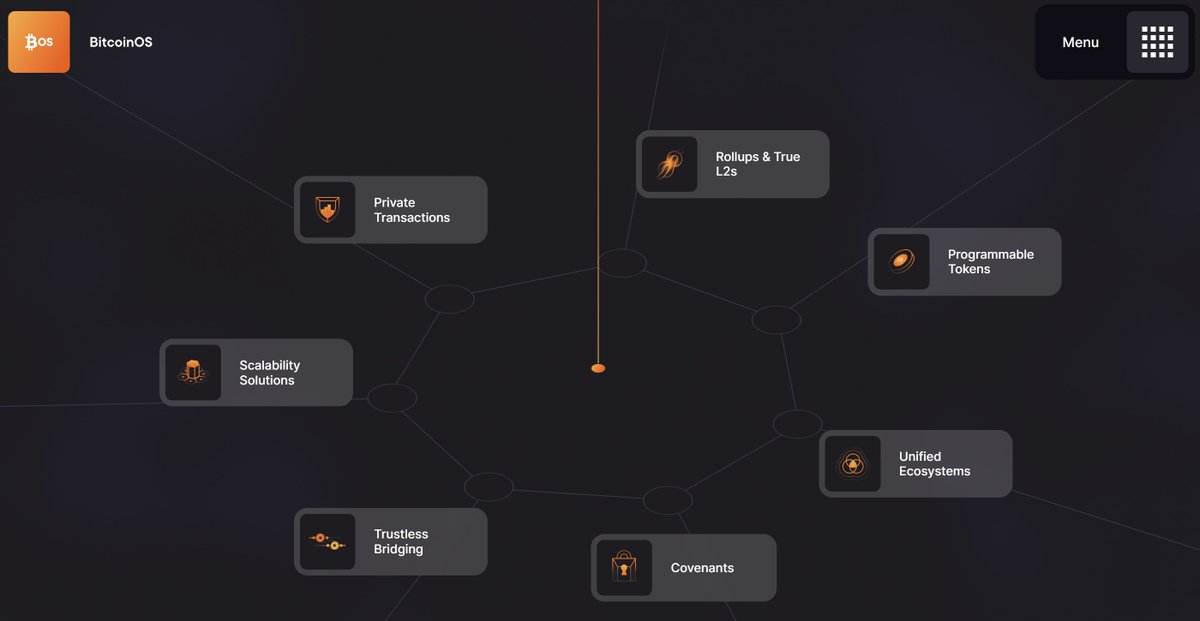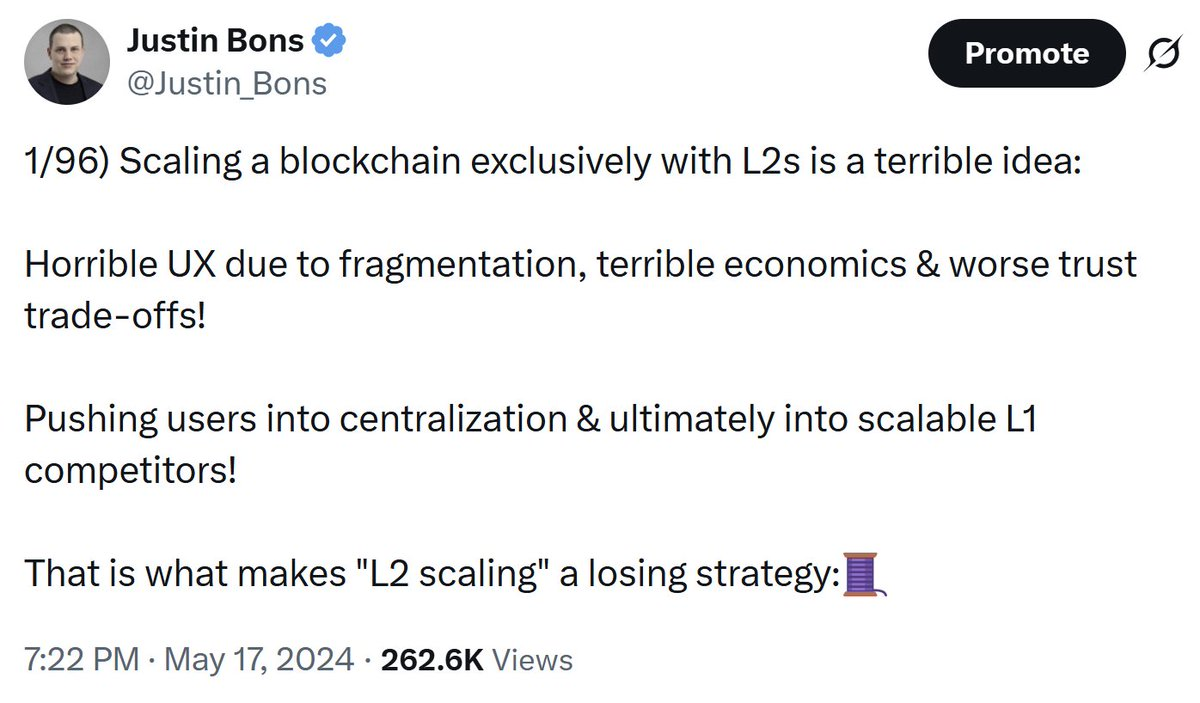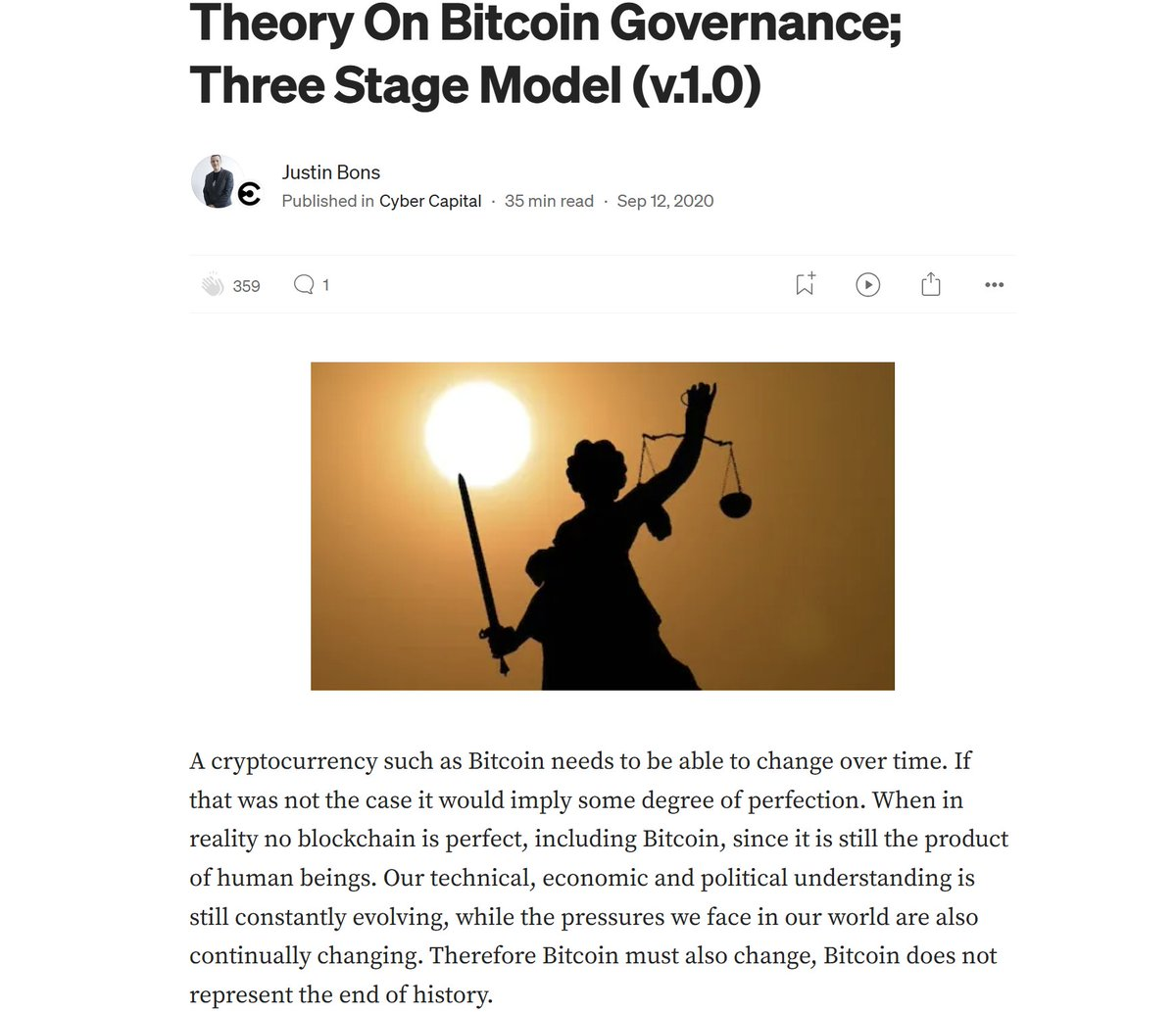
Original: Justin Bons, Founder of Cyber Capital
Translation: Yuliya, PANews
The so-called "Bitcoin DeFi" does not actually exist. Whether it’s BitVM, BitcoinOS, Rootstock, or Sovryn, these projects are either extremely centralized or completely unrealistic. After in-depth research, the truth is shocking; much of the promotion surrounding these projects can almost be classified as fraud.
Fundamental Reasons Why Bitcoin Cannot Support DeFi
The reason Bitcoin cannot achieve true DeFi is that it lacks a Turing-complete virtual machine (Turing-complete VM). In simple terms, it cannot support complex smart contracts like Ethereum or Solana. This means that regardless of how the project teams promote it, Bitcoin does not possess the core capabilities required for DeFi.
The "De" in DeFi stands for "decentralization." However, all current projects claiming to be "Bitcoin DeFi" are essentially very centralized, misleading users and causing investors to lose hundreds of millions of dollars.
BitVM
BitVM claims to implement smart contracts on Bitcoin through "optimistic two-party computation," similar to how many Ethereum Layer 2 networks (ETH L2) operate, involving a "prover" and a "verifier." However, unlike most centralized ETH L2s, BitVM is even more centralized because its "verifier" is also permissioned.
In most ETH L2s, such as Optimism, even if a centralized "prover" attempts to cheat, users can still submit fraud proofs. BitVM, on the other hand, has only one permissioned "verifier," which essentially constitutes a highly centralized system.
In reality, BitVM relies on two computers run by trusted parties chosen by a single authority, which is almost the most centralized form. Although BitVM2 plans to decentralize the "verifier," this can only be achieved after the initial setup, which still requires a group of permissioned participants and relies on a "1-of-n honest assumption." The current deployment makes these future promises seem irrelevant.
Moreover, the efficiency of the BitVM system is extremely low because Bitcoin (BTC) lacks a Turing-complete programming language, but theoretically, any function can be implemented through simple switches. BitVM attempts to achieve this by chaining opcodes together and publishing them in taproot transactions during disputes, using Boolean logic to combine opcodes into logic gates. However, this method appears overly complex and inefficient.
This solution is incredibly impractical because it is several orders of magnitude less efficient and requires very powerful computers to process, leading to significant centralization pressure, even if these two computers are permissionless. This also severely limits the system's capacity, as the equivalent processing of a Turing-complete virtual machine requires only a small amount of resources, making BitVM difficult to scale in comparison. Even ignoring BTC's own lack of capacity to support large-scale BitVM, it explains why BitVM adopts an optimistic model, as the required processing volume is too large, leading to a precarious situation both now and in the future.
Rootstock
Rootstock is a sidechain connected to BTC that focuses on smart contract functionality. However, it relies on a "permissioned federation" to maintain a two-way peg, meaning this federation can review or even steal user assets.
While Rootstock is essentially no different from a bank, contradicting the original intention of Bitcoin's decentralization, at least Rootstock acknowledges its centralized nature in its project introduction, which is somewhat honest in attitude.
Sovryn
Sovryn is actually built on Rootstock and relies on its smart contracts and anchoring mechanism, thus also being highly centralized.
However, it claims on its official website to be "decentralized" and to provide "Bitcoin-native transactions," which is clearly misleading. Even more concerning is that the team behind Sovryn is also involved in the next project, BitcoinOS.

BitcoinOS
BitcoinOS is the most exaggerated among these projects. It claims to solve all the problems that Ethereum has not solved: privacy, cross-chain, trustless bridging, and even "true Rollup," among others.
But the reality is that its white paper has serious information gaps, completely avoiding the critical "off-chain execution" part of the project design, which is the core of introducing trust risks.

BitcoinOS still adopts a "prover-verifier" structure similar to BitVM, and the documentation does not mention how to achieve decentralization of the verifier. This "deliberate omission" is highly deceptive, implying that its verifiers are still centrally controlled.
Additionally, the project claims to support "more advanced" Rollups than Ethereum, but technically, it cannot achieve this goal at all. The lack of Turing completeness in Bitcoin means that the execution, ordering, and verification of L2 must all occur off-chain. This inevitably requires a centralized sequencer or federation to intervene, exposing more centralized risks.
Even more absurdly, BitcoinOS's Rollup system requires submitting a 400KB state proof to the main chain every six blocks, occupying 10% of Bitcoin's block capacity. This makes BitcoinOS an extremely slow and expensive data availability solution, difficult to compete with other solutions, and leads to BTC's DeFi being not only completely centralized but also unsafe. However, these details are shockingly absent from the official documentation.
The So-Called "L2 Scaling" is Actually an Illusion
Many Bitcoin (BTC) "DeFi" projects are extensions of the narrative based on "Layer 2 scaling" (L2 scaling). Broadly speaking, L2/modular "scaling" attempts to expand its functionality and performance by building additional layers on top of the base layer (L1).
However, this approach has almost never succeeded in practice. Pushing transaction traffic to another competing chain does not truly expand the capacity of the original chain; rather, it provides a sign of decline for the actual use of the original chain, as this practice offers some excuse for "never having to scale L1."
Worse still, this method often distorts the incentive mechanisms of the original chain's leadership through the corrosive effects of L2 tokens and equity. Take Ethereum as an example; it once dominated the DeFi space for a long time, but it has now been surpassed by Solana in terms of "real usage." This is not coincidental but a structural consequence brought about by the L2 narrative.

BTC's L2 scaling plans may render large-scale self-custody impractical. If users want to control their private keys, they still need to conduct multiple on-chain transactions to access L2. However, the current on-chain capacity cannot support such large-scale operations.
For example, if all holders wanted to move their coins now, the transaction queue would exceed two months; if everyone in the world made just one transaction, the queue would exceed twenty years. This means self-custody is almost impossible, and the public will have to access through custodial service providers, which completely contradicts the original purpose of Bitcoin's existence.

Why Bitcoin Will Not Change
Many people still harbor fantasies about Bitcoin potentially adapting DeFi functionalities in the future, but in-depth political and economic analysis indicates that such a transformation is almost impossible.
The governance mechanism of the Bitcoin community is exceptionally closed, and the Bitcoin Core team can almost unilaterally block any protocol upgrades. For instance, even a relatively mild opcode recovery proposal like OP_CAT has been long blocked; let alone "disruptive" proposals like introducing a Turing-complete virtual machine. Therefore, it is unrealistic to expect Bitcoin to adapt to DeFi.

This is a "Scam Cycle"
Projects surrounding Bitcoin DeFi have actually formed a "scam cycle": every few years, a new wave of projects claiming to "achieve DeFi on Bitcoin" emerges, often raising hundreds of millions of dollars from investors. However, they quickly disappear due to technical bottlenecks, model flaws, and other issues. A few years later, new projects reappear, targeting a new batch of investors who are unaware of the history.
Most of these projects exploit people's fantasies about "Bitcoin being able to play DeFi," but the reality is that there have been almost no significant technical changes to the Bitcoin protocol in the past decade. With so much funding and resources invested, it is hard to believe that the same code could "suddenly achieve" something today.
Bitcoin DeFi is Just a Fantasy
Among all the projects investigated, Sovryn and BitcoinOS are the most controversial; their promotions are extremely exaggerated, completely obscuring the significant trade-offs and flaws of the projects. While Rootstock is still a centralized solution, it at least acknowledges this fact. BitVM has some innovative aspects but still cannot escape its efficiency and structural limitations.
Ironically, after in-depth research into the L2 projects in the BTC ecosystem, one ends up appreciating the transparency and self-critical spirit of Ethereum's L2 even more. The Ethereum ecosystem even has a dedicated "L2Beat" project to track the risks and operational status of each L2, while Bitcoin L2 has almost no similar disclosure mechanism.
Ultimately, the so-called "Bitcoin DeFi" does not exist. It has neither native support capabilities nor a realistic path to implementation; it is entirely a collective fantasy driven by greed, delusion, and ignorance, much like the myth that Bitcoin itself once brought. We should no longer tolerate Bitcoin's mediocrity and stagnation. There is already a real DeFi economy on-chain, generating billions of dollars in revenue each year—rather than indulging in fantasies, we should support the true crypto revolution.
免责声明:本文章仅代表作者个人观点,不代表本平台的立场和观点。本文章仅供信息分享,不构成对任何人的任何投资建议。用户与作者之间的任何争议,与本平台无关。如网页中刊载的文章或图片涉及侵权,请提供相关的权利证明和身份证明发送邮件到support@aicoin.com,本平台相关工作人员将会进行核查。




